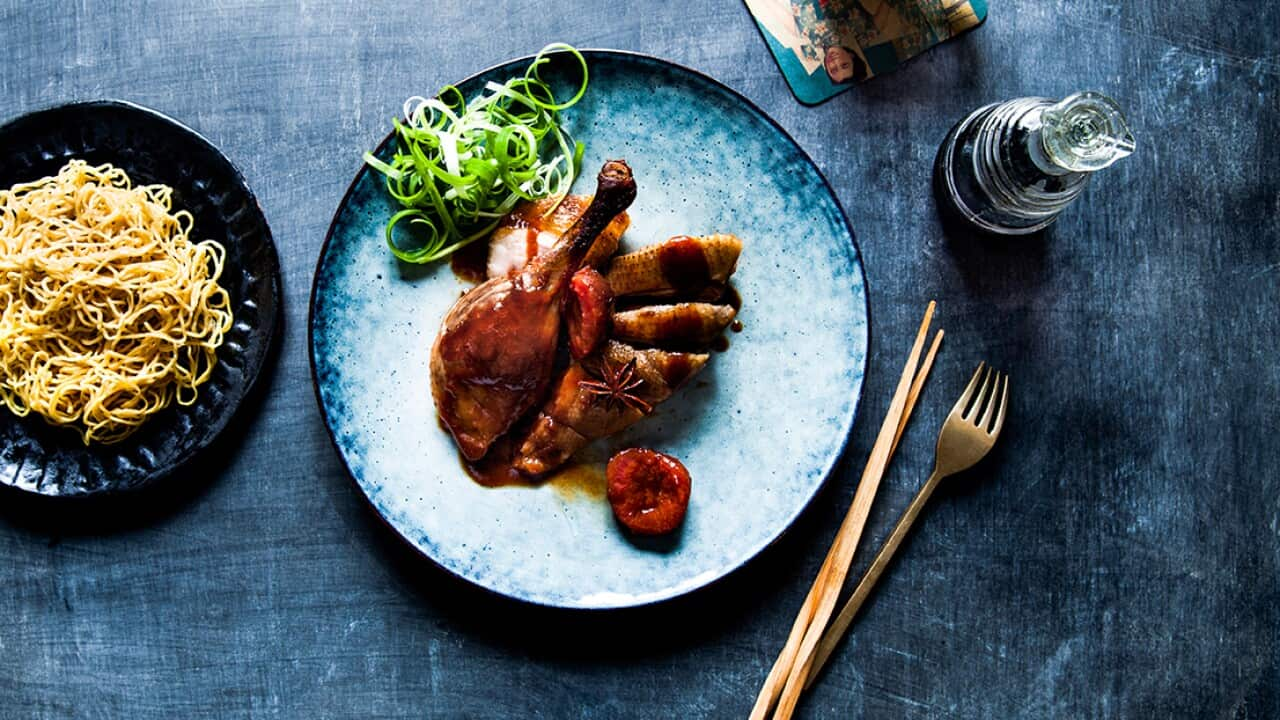With its sprawling landscape, densely populated cities and varied climates, China is a mixed bag when it comes to geography, culture and, importantly, cuisine. It’s said the country is home to at least four distinct cuisines; those being Cantonese (south), Sichuan or Szechuan (west), Huiyang (east), and Beijing or ‘northern’ food. In each region, you’ll find vastly different approaches to cooking. The south, for instance, is responsible for introducing us to , and yum cha classics like , and . Sichuan cuisine is typically spicier than elsewhere in China. (Although Hunan dishes, like these , are packed with heat, too.) A typical Sichuan banquet will include (pork and chilli noodles), and .
Rice is a staple through the majority of China, however, in the north wheat is the favoured carbohydrate. The north-western city of Xi’an is famous for – and synonymous with – a that comes in a pita-like pocket. are also served plain alongside meals. Scanning the country, it would be remiss not to mention Shanghai’s famous export the soup-filled , and the nation’s delicious .
While the Chinese don’t usually finish a meal with ‘dessert’, they do have a great range of sweets, many of which are enjoyed around Lunar New Year. Classic recipes include , and .
Pantry essentials
To quote China Doll head chef Frank Shek from Series 1, “You've got to have your , , , , a couple of – one light, one dark – and you're in business”. Other pantry staples include , , , and for battering or thickening dishes. and bean paste are handy, too. When it comes to vegetables, enjoy the choy. Purchase , , , and the large Chinese cabbage known as . Don’t forget the rice.
Fast five
Multi-purpose: For healthier cooking, buy a bamboo steamer to sit in your wok. Line it with a cabbage leaf or hole-punched baking paper to avoid sticking.
Ready to wok: Season a new, nonstick wok before its first use, and never clean with detergent! Instead, clean with water, placing it back on the heat to burn away impurities. Wipe with a slightly oiled paper towel and voila.
Fast and furious: To borrow a French phrase, mise en place is essential to stir-fry success. Have all your chopped ingredients and sauces in place, ready to toss into the wok at the precise time.
Loyal oil test: To test if oil is hot enough for deep-frying, stick a chop stick in the wok. If the oil sizzles around it, start cooking.
One, two punch: Soak dried mushrooms, such as shiitake, for 30 minutes before cooking with them. The water, when strained, can also be added to your dish for extra flavour.
Have we got your attention and your tastebuds? It's Chinese week on and tune in 6pm weeknights starting August 6. Check out the for episode guides, cuisine lowdowns, recipes and more!








